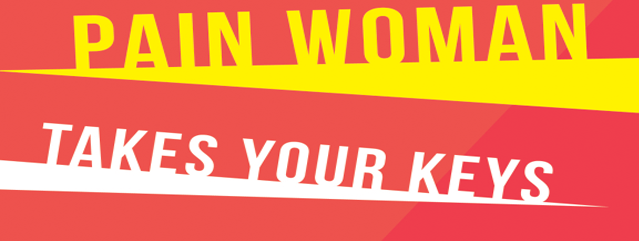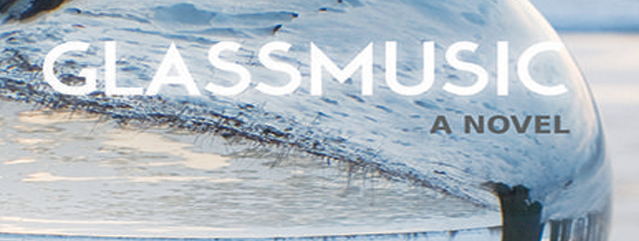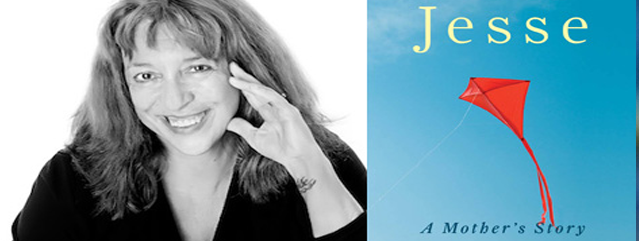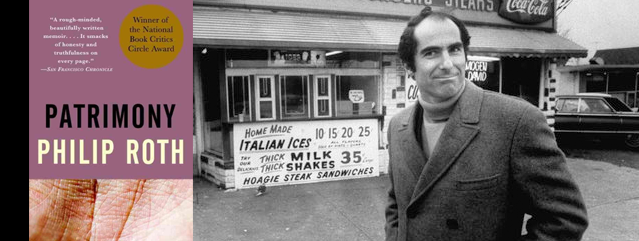Pain Woman Takes Your Keys

Though I’ve already written a blog post about pain, I’m here writing about it again. Why? Because I’ve been thinking a lot about pain after recent emergency surgery to have my appendix removed. During the first week of my recovery, I spent a lot of time hanging out on the couch, either sleeping or reading. You’d think I would have treated myself to a few light reads, but, like I said, pain was (and is) very much on my mind. So the first book I picked up from the pile next to me was Pain Woman Takes Your Keys and Other Essays from A Nervous System by Sonya Huber.
In lyrical wit-filled prose, Huber writes about living with rheumatoid arthritis. She invites us into her pain, and all that goes with it: the anger, fatigue, and frustrations; the slump into poor self-image and self-critical talk, as in “Sometimes I berate myself for not being up to the level of other bodies … Sometimes I feel that in writing and revealing pain I am revealing wrongness (33, 85).” Though she writes to understand her own pain, she also writes for all of us. I mean, who has not suffered pain? More so, she writes for women in chronic pain. It is Huber’s sense of “wrongness” with which women in chronic pain are marked. Sadly, even centuries after women were labeled “hysterical” for expressing pain, not much has changed. When it comes to pain, women are still misunderstood.
Because chronic pain is not like a missing limb or a gaping wound, it’s what Huber calls “invisible suffering (25).” Thus, women are often forced to explain their pain to others, as she openly attests to in her letter to a feminist scholar (Yes, a woman!): “Thank you for making me articulate exactly what it means to live with a disease that is both painful and energy sapping … Thank you for making me detail the obstacles, which include the fact that any lengthy travel … will make me sick and thus destroy weeks of lucid work and family time. (117).”
As much as Huber’s book is about pain, she does bring relief to the page at just the right moments. For example, she shares with us how she reaches out to Facebook friends for stickers to decorate her cane, creating a “joyful explosion of adhesives that … brings more joy than an anonymous metal pole (96).”
Sometimes I wonder if pain ever gets tired of its role – always making us cranky and unpleasant to be around. Maybe the pain we experience is not always an indicator of illness or injury, and instead sometimes it’s trying to tell us, “I’m hurting too, and want you to have fun with me so we can both feel better.” Who knows?
What I know is how I feel about the pain scale. I dread it. Because I’m not good at making decisions, asking me to assign a number to my pain only creates additional pain. Instead of numbers, I prefer using real life language, the language of what it means to be a human being in pain. That’s why I’m on Huber’s side when she tells it to us straight: in place of a seven on the pain scale, she says, “Don’t fucking touch me (156).”
What about you? What “real life” language describes your pain?
Read More




Recent Comments